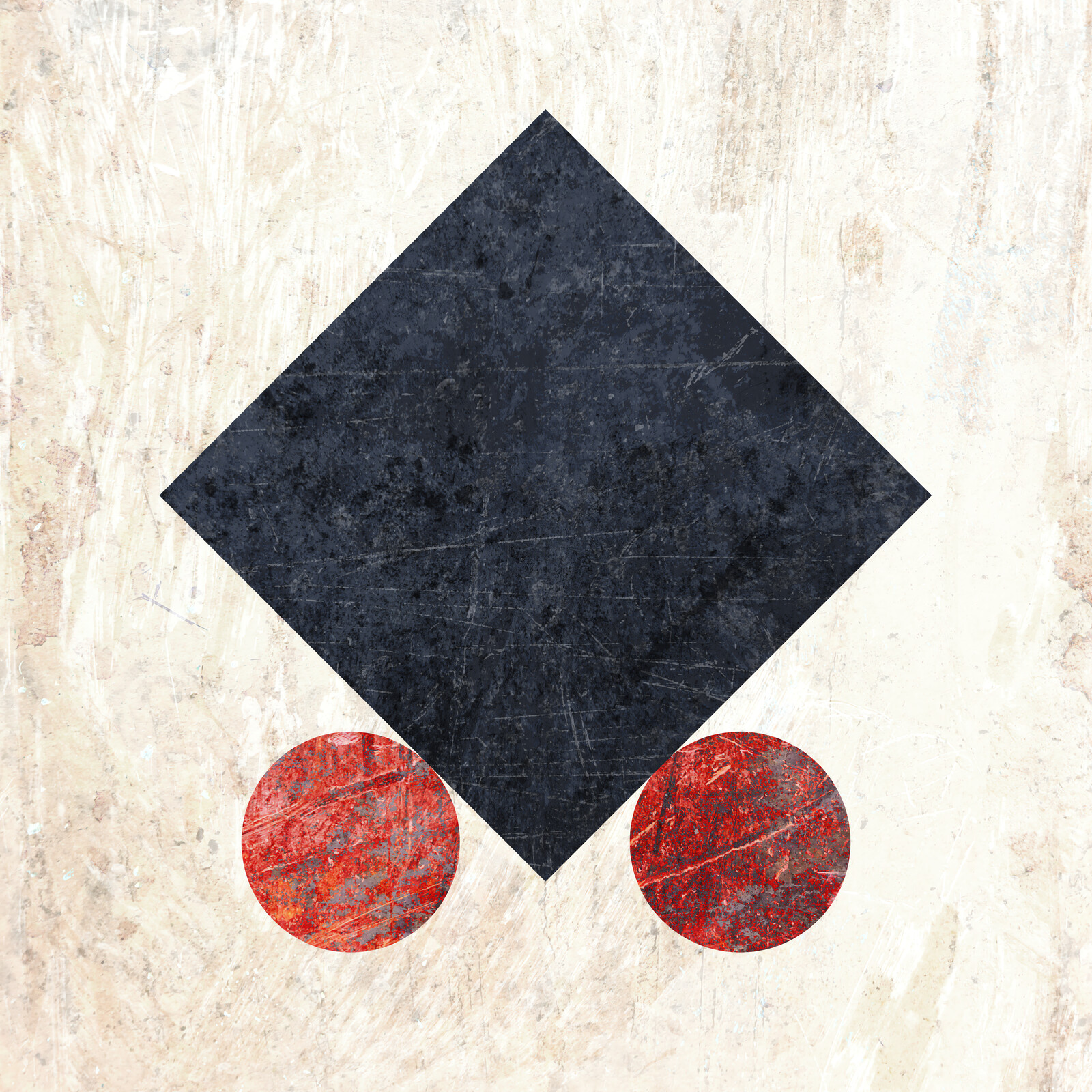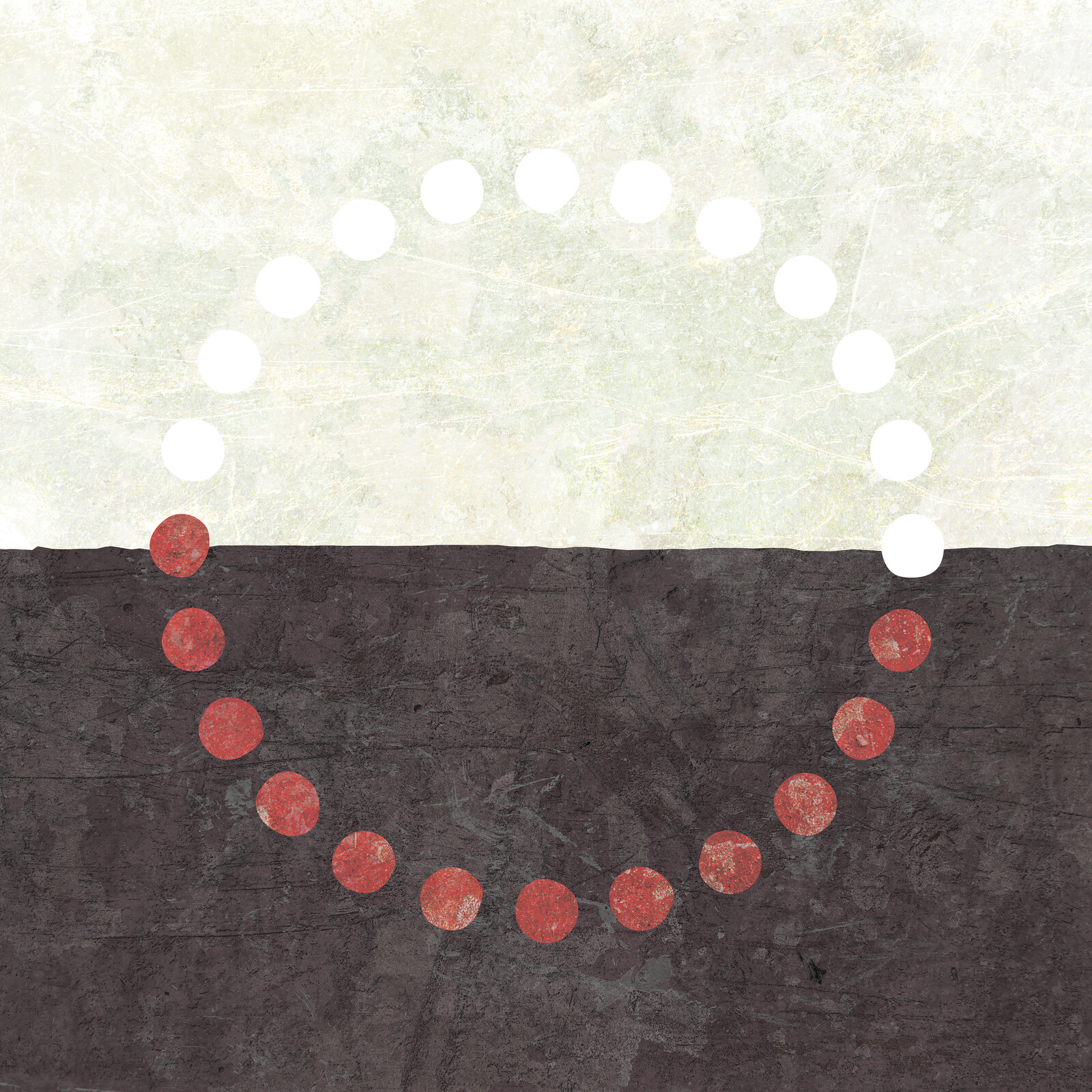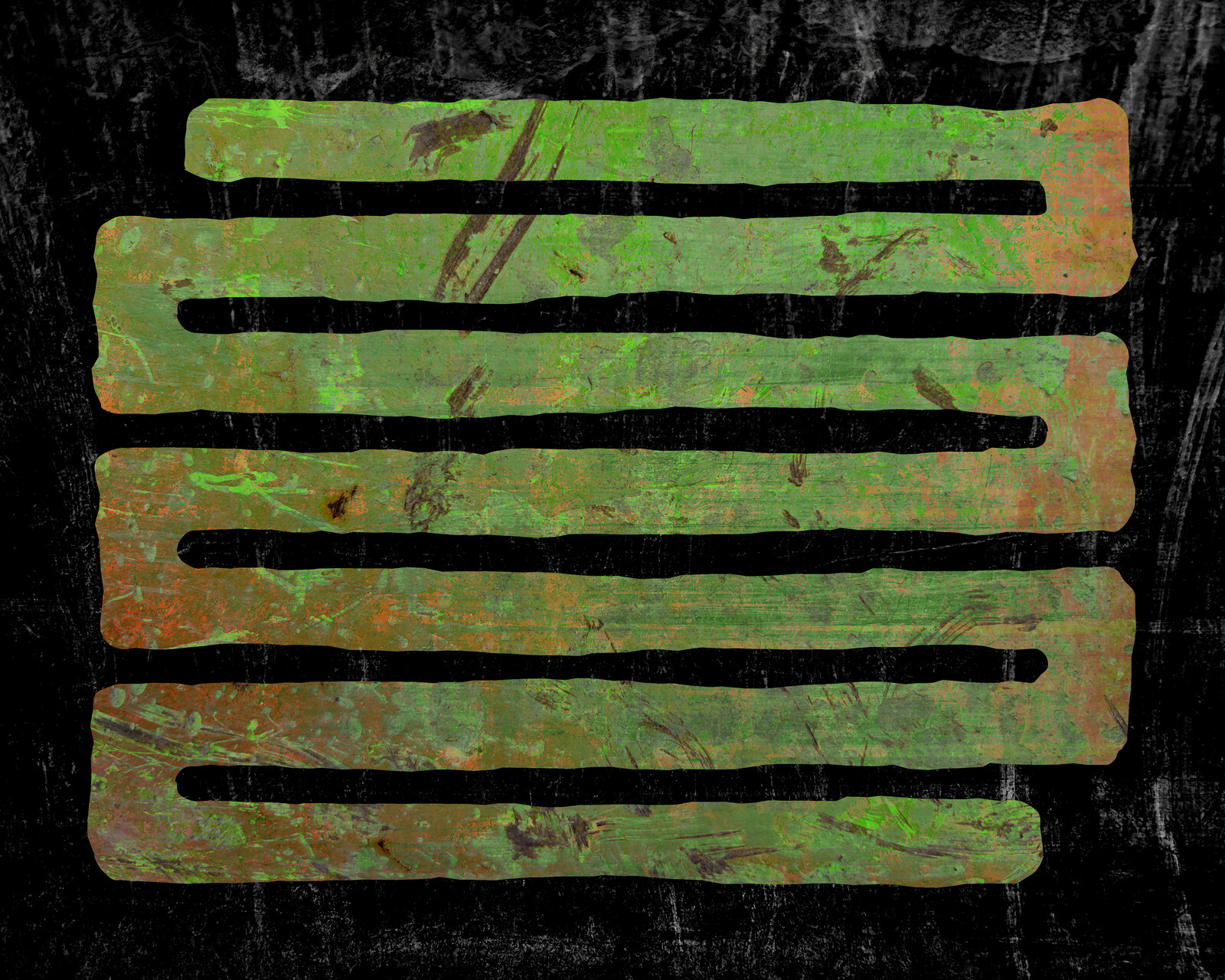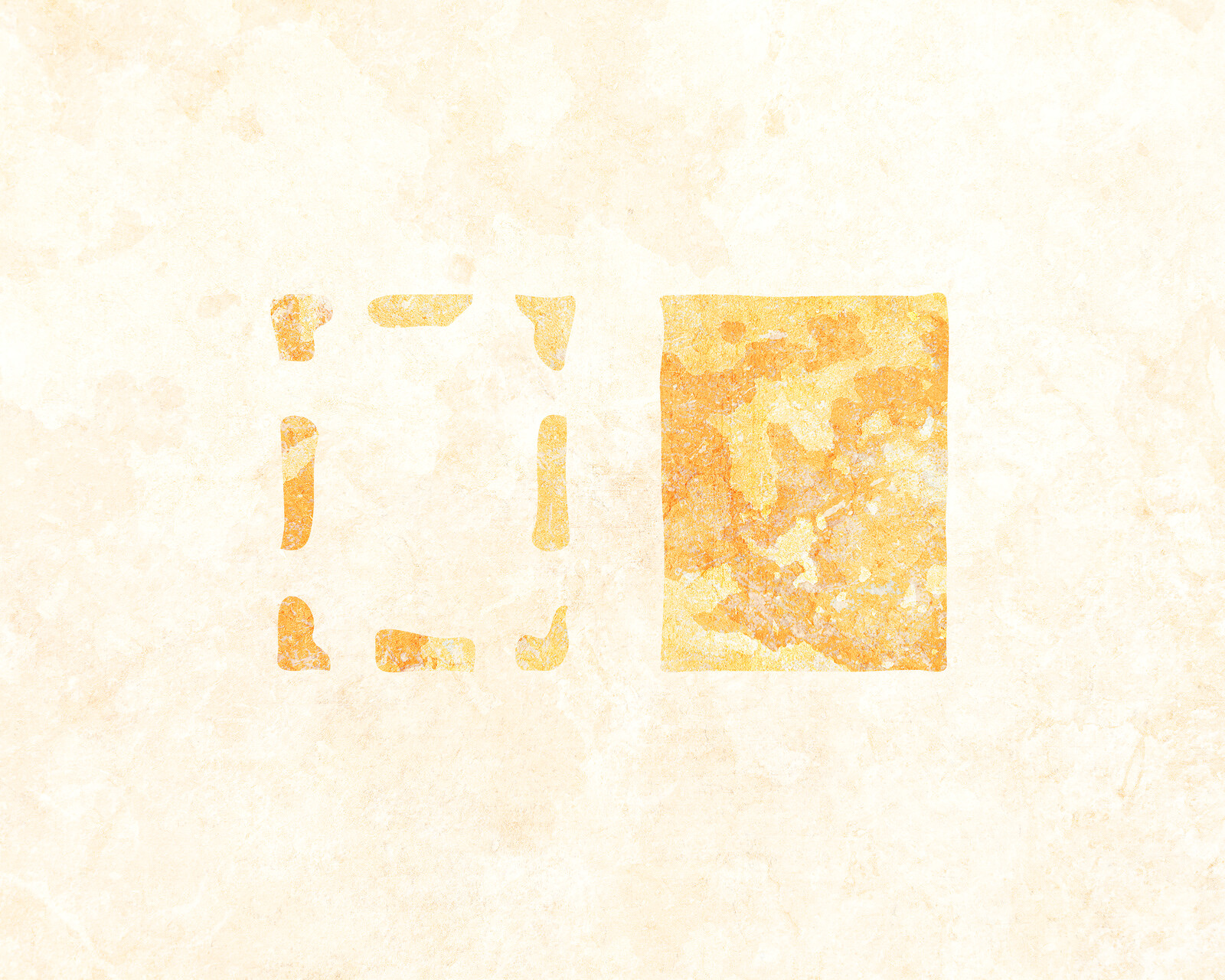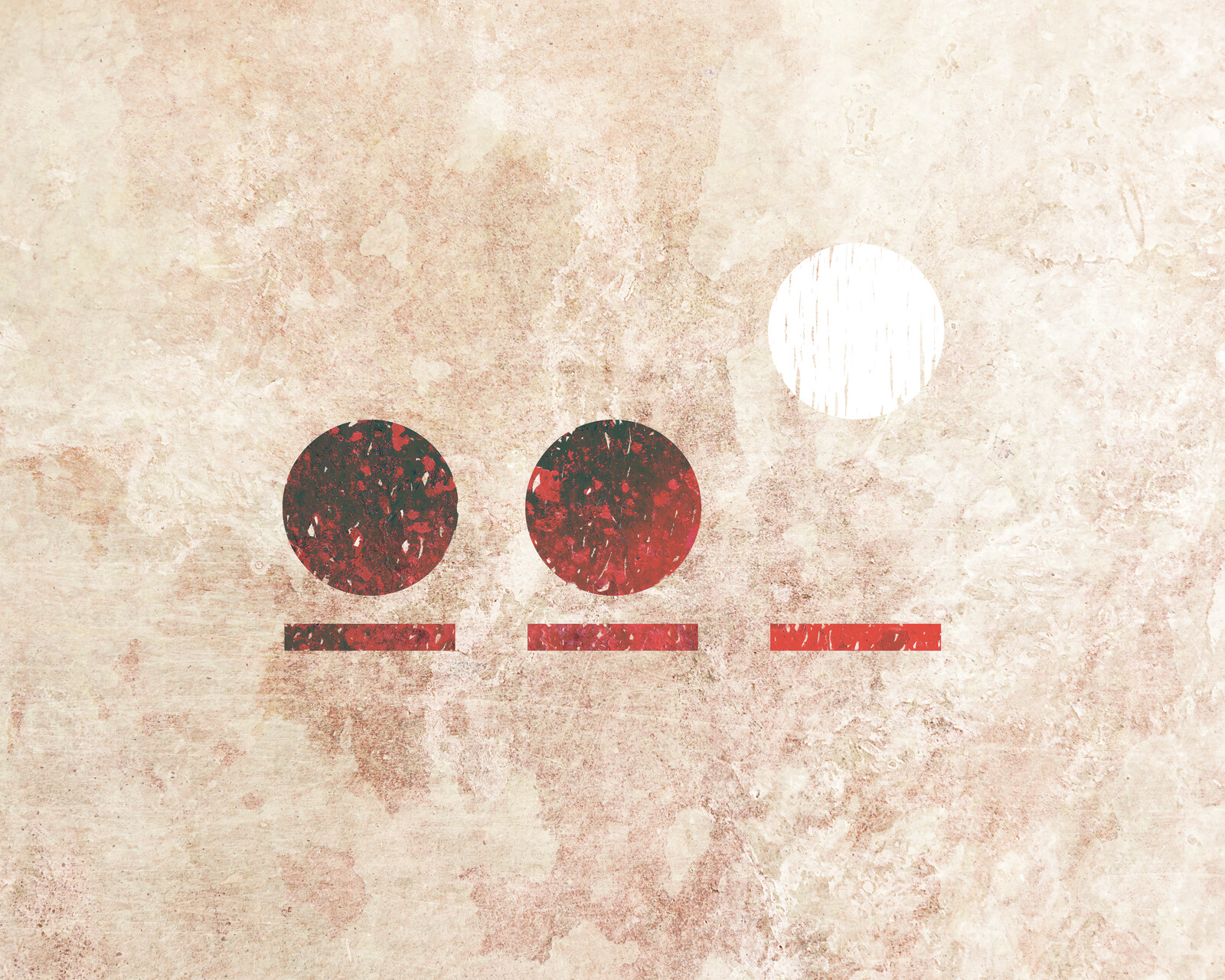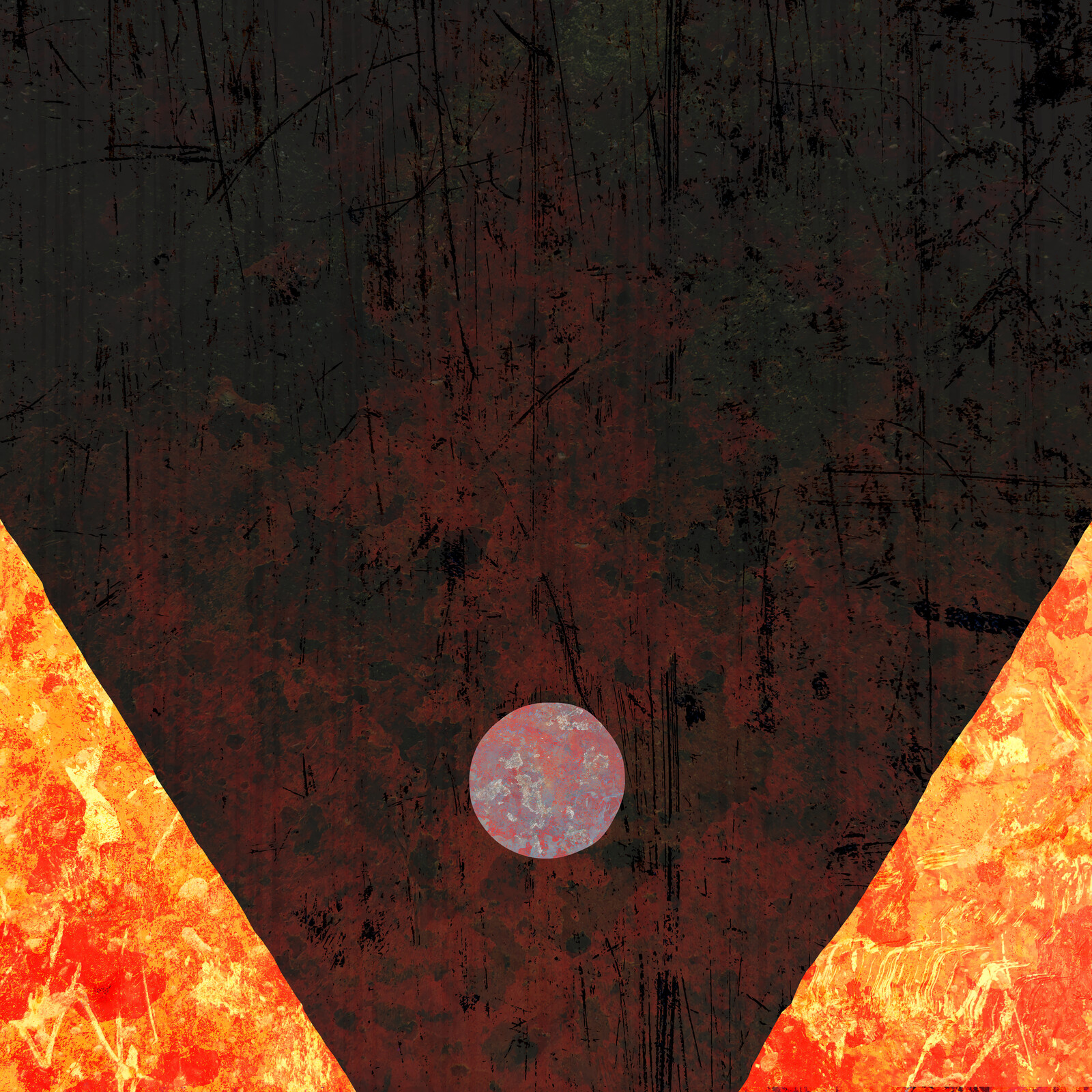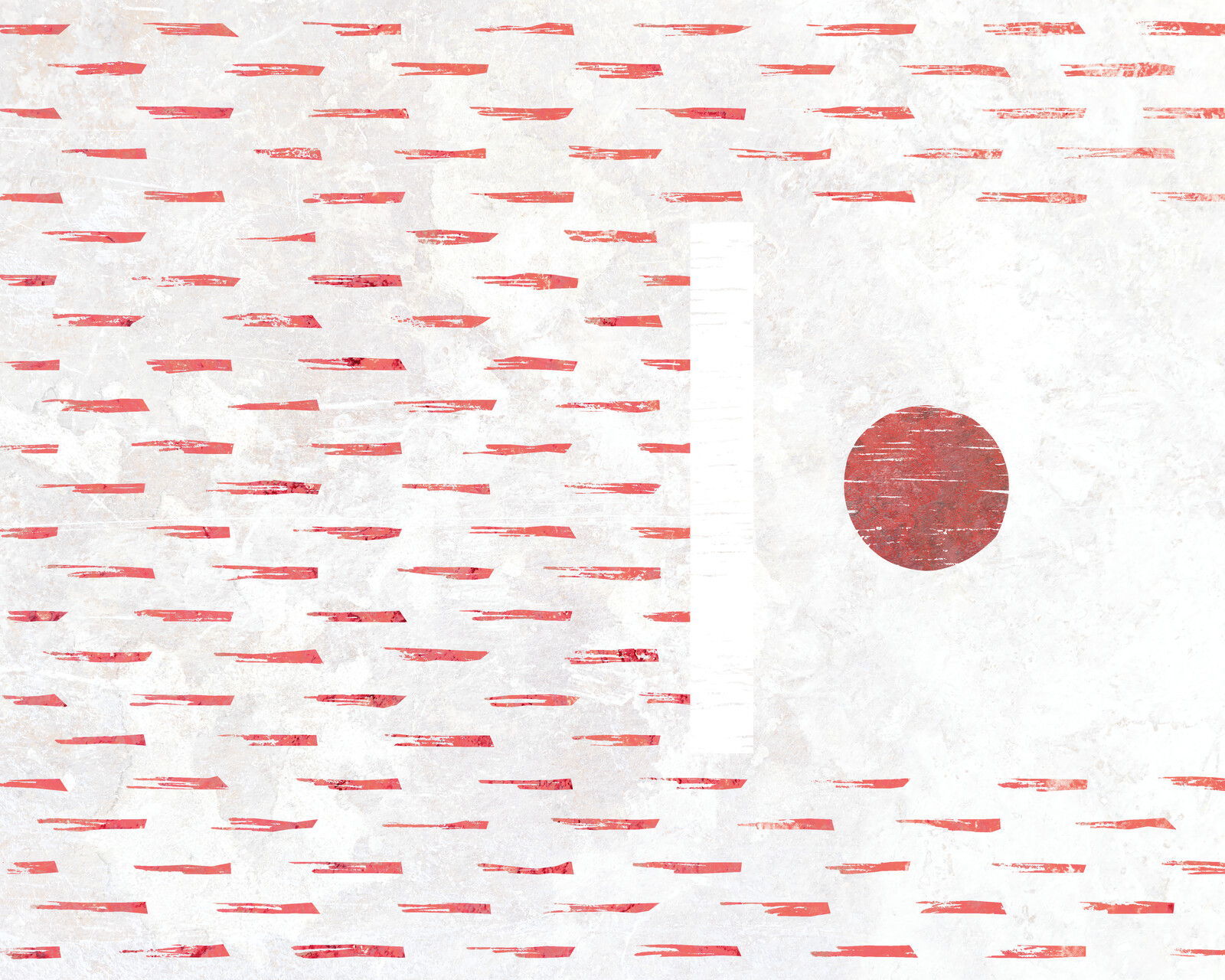Garry Ing on a view source web, an essay in the
The HTML Review. The hover effect on desktop is interesting albeit a tad distracting. I like the idea of surfacing page source more, though ideally not in an obscuring way.
Deborah Copaken on a new study that shows drinking even a little bit of alcohol drastically increases risk of cardiovascular disease for women of all ages.
Alastair Johnston on hello pages, a way to list your preferred contact methods. Cool idea. I’ve added my own hello page.
Monkey gang violence in Lopburi, Thailand. Whew.
Manu Moreale offering to be a first reader for anyone who starts a blog. Also a cool idea.
The Wall Street Journal’s front page a week ago. Some powerful white space, that.
Colin Fraser on generative AI being a hammer and nobody really knows yet what is and isn’t a nail. Good essay, worth the read. Seems to me like there are lots of tasks where what you want is determinative logic rather than probabilistic guessing. (Which I think is at least partly why I don’t have much interest in doing AI engineering — I like building determinative things where I can understand how it works. And yes, state machines are totally my jam.)
Ohm, a JavaScript library for building parsers. Looks interesting.
Invisibility shields are kind of real now. Cool. And unsettling. More the latter, I think, given all the malicious ways this could be used.
Jacek Krywko on new developments in active shielding against space radiation. A good-sized chunk of this went over my head (har har), but fascinating nonetheless.
My piece Harrowed up No More was featured recently in Jennifer Champoux’s Religious Educator article “Creating the Book of Mormon Art Catalog: Why Religious Art Matters.”
Lincoln Michel on productivity. Which reminded me of Austin Kleon’s post about the quantity vs. quality parable. I feel like I’ve been doing okay at this with art, but not so great at it with writing.
Joan Westenberg on why building on someone else’s platform is a dead end. Hear, hear. After reading this, I decided to stop posting my individual art pieces to Instagram and instead post batches (four or more), with the caption just linking to my art page.
Twelve hymns from the new hymnbook are coming in May, including “Come, Thou Fount of Every Blessing.” Sweet. I especially love that the new hymnbook will include hymns from all over the world and not just Western hymns.
Amit Merchant on text-emphasis in CSS. I had no idea. I don’t know when I’d use it (is there a typographic tradition where emphasis is done this way?), but it’s interesting.
Manu Moreale on growth being a mind cancer. “We celebrate when Apple becomes the first trillion-dollar company but we don’t celebrate when someone says ‘You know what? I think I have enough.’” Very much agreed. Not a huge fan of growth capitalism.
Taylor Troesh on scrounging for between time. Several useful ideas here. “Work on X for 5 minutes” is one that has worked well for me over the years.
Cal Newport’s workingmemory.txt idea. I like this. When I’m working at my day job, I keep a todo.md file on my laptop that I dump tasks into (basically a workingmemory.txt), and a log.md file where I journal my way through things I’m working on. Together, those files make it relatively easy for me to offload state and pick things up again after interruptions. (Along with other benefits like rubberducking.)
Vicky Osterweil on Dune 2 and image without metaphor. “We are living through an era of thudding cultural literalism. In our narrative products (movies, TV and to a lesser but noticeable extent, novels) that has meant that instead of story we get plot, premise and lore, dialogue is replaced by exposition, emotion evoked only by music cue and cliche. The characters are structural objects of the plot, pure reflections of their social and narrative positioning, stripped of messy contradiction or conflictual desires. Whenever an artist even introduces any kind of metaphor they make sure to explain it tidily and neatly by the end, like a kid elbowing you in the ribs going ‘did you get it did you get it?’, meaning the best we can hope for is parable or fable.” I haven’t seen the film yet but plan to, literal though it may be.
Hugo Barra on the Apple Vision Pro being an overengineered devkit. Barra was Head of Oculus at Meta, so he’s going to be biased, but still an interesting take.
Will Richardson wrote a compiler to show that tmux is Turing-complete and can execute real code by switching between windows. Ha. This makes me happy.
Denise Hill on NASA engineers debugging a Voyager 1 issue. One advantage to the long request/response cycle, I suppose, is you have plenty of time to think about it. Plenty.
P. L. Stuart’s top 50 indie sf&f books to read. Going off the (relatively few) authors in here whose books I’ve read, this seems like a good list.
Michael Pohoreski’s nanofont3x4. Fun to see innovation like this, even if it’s not always fully pragmatic. And this is a bit more readable than I expected, given the tiny size.
Eric Portis explains color spaces, with nice visuals.
Gerard Gallant on the state of WebAssembly, including tail calls, garbage collection, and WASI.
Jeffrey M. Perkel in Nature on WebAssembly and scientific computing. Fun to see how it’s being used.
Jim Nielsen on how making websites is analogous to making films, with particular emphasis on the role of the screenplay. Some interesting ideas here.
Michael Austin on how “line upon line” was originally used by Isaiah.
Wikipedia article on Antarctic English. “Antarctic English also has over 200 words for different types of ice.”
Jason Kottke on Kevin Kelly’s advice to be the only. “What you offer to others is just different enough that you become your own category of one: nothing but you will do. Not better, different.”
Étienne Fortier-Dubois asks how expensive architectural ornamentation is. Enjoyed this exploration.
Caleb Hearon’s Dropflow, “a CSS layout engine created to explore the reaches of the foundational CSS standards (that is: inlines, blocks, floats, positioning and eventually tables, but not flexbox or grid).” Looking forward to seeing where this goes.
Robin Rendle on how the medium you use the most influences the way you think. Food for thought.
Canva is acquiring Affinity. Noooooooooooo.

